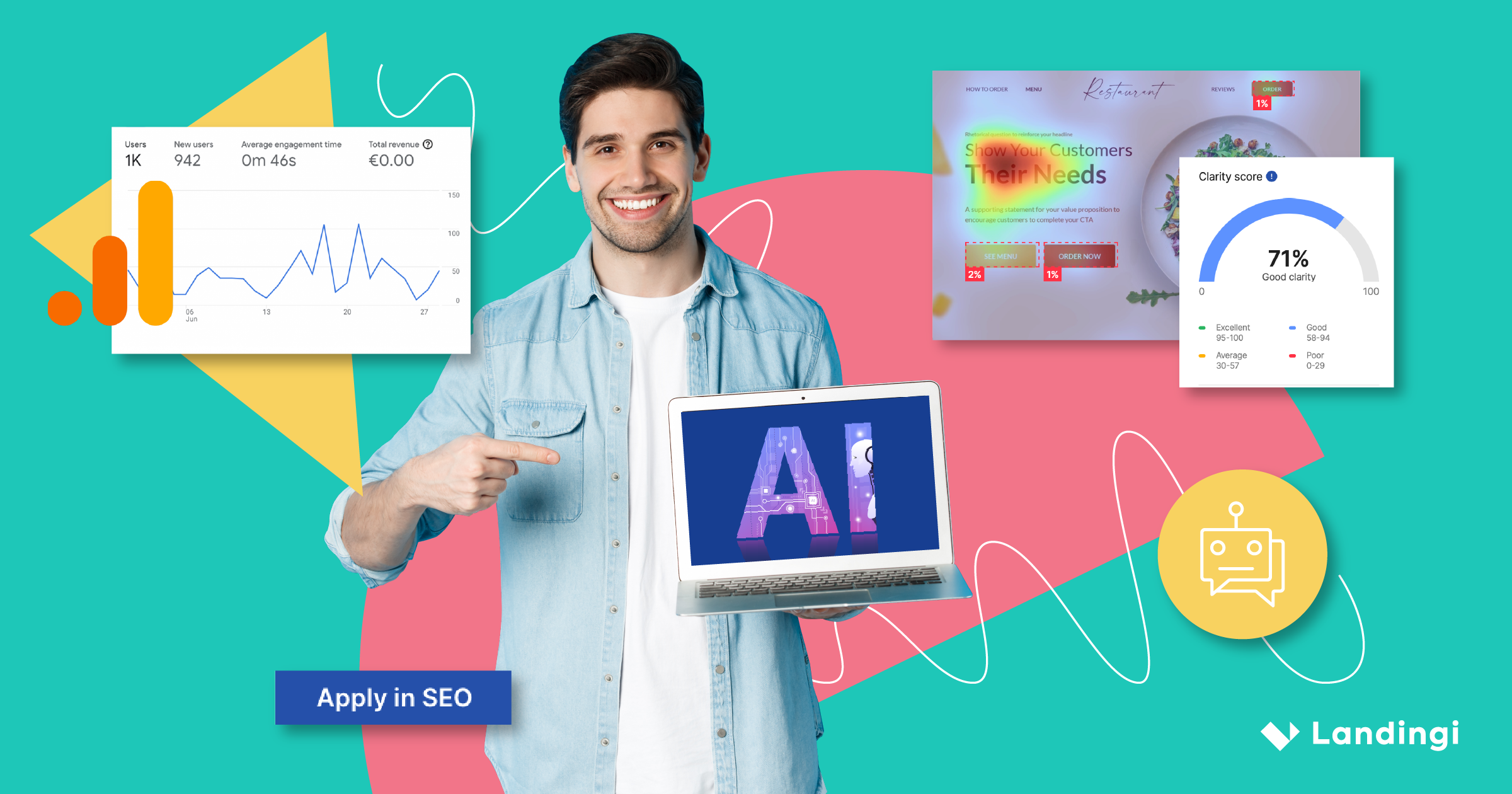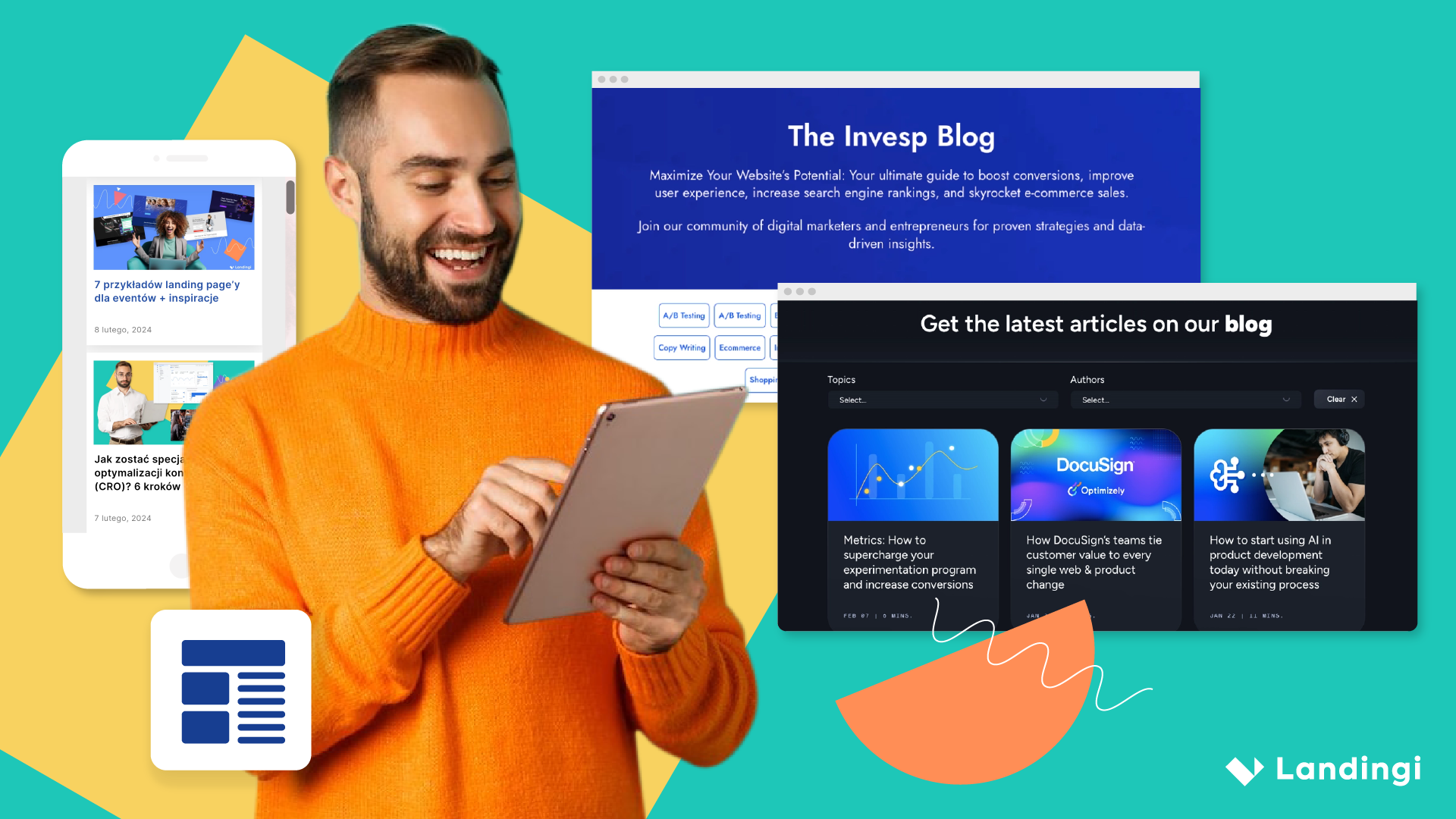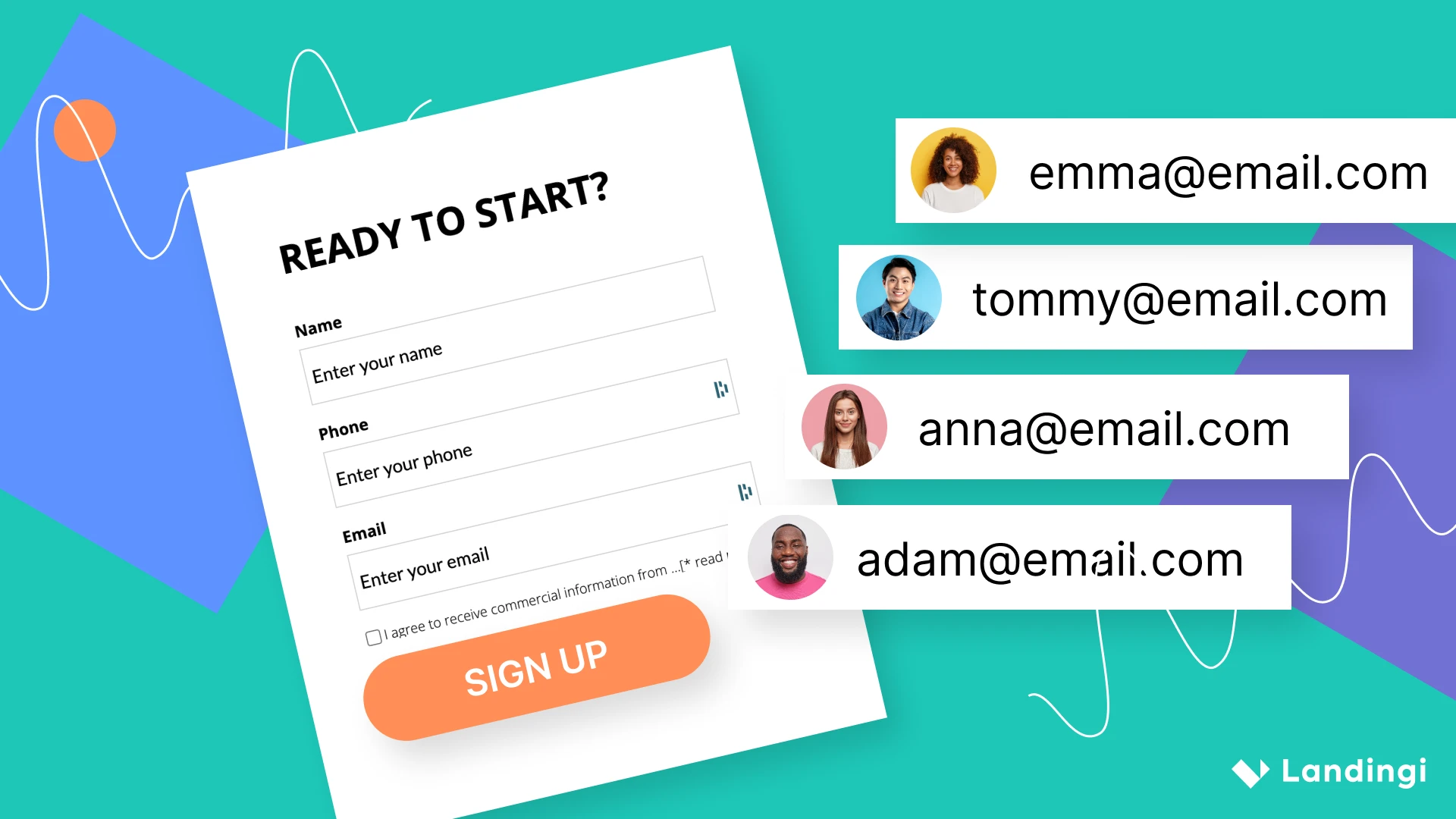“Business has only two functions – marketing and innovation”. This statement, surprisingly expressed by a famous novelist, Milan Kundera (Forbes, 22 Best Marketing Quotes To Drive Your Marketing Strategy, 2013), is all about conversion rate optimization (CRO) using AI!
In today’s hyper-competitive online landscape, businesses need every advantage they can get to drive conversions and maximize revenue. Recent progress in integrating AI-powered models and tools into real marketing activities responds to these expectations exceptionally. According to a study by Boston Consulting Group, companies that integrate AI into their marketing strategies see an average increase of 20% in their conversion rates (Ch. McIntyre et al., The Tide Has Turned, 2023). Furthermore, a report by McKinsey Global Institute suggests that AI can potentially deliver additional global economic activity of around $13 trillion by 2030, which translates to about 1.2% additional GDP growth per year (J. Bughin et al., Notes from the AI frontier. Modeling the impact of AI on the world economy, 2018).Imagine a world where your website or app intelligently adapts to each visitor’s preferences and behaviors, guiding them towards desired actions with personalized content and seamless navigation. That’s the power of AI-driven conversion boosting, and it’s transforming the way businesses approach digital marketing.
In this comprehensive guide, we’ll delve deep into the world of AI-driven CRO, exploring its foundations, applications, and best practices. We’ll discuss how AI has revolutionized improving conversion techniques, how it can be applied to both online and offline businesses, and the ethical considerations businesses should be aware of when implementing AI conversion rate optimization strategies. By the end of this article, we will also cover why and how you can benefit from artificial intelligence on landing pages (including AI tools available in Landingi).
With all of this in mind, you will take a big step ahead in your digital marketing towards more conversions.
Make your sections smartable and let go of mundane manual tasks with Smart Sections! An easy way to manage bulk changes.
Key Takeaways
- Conversion Rate Optimization (CRO) is a process used to improve website or app performance with the help of AI-powered tools.
- AI Conversion Optimization uses machine learning algorithms and predictive modeling to optimize website elements, enhance user experience and increase conversion rates.
- Businesses should review their CRO strategies regularly in order to identify new opportunities, remain transparent & accountable for ethical considerations, as well as leverage customer feedback loops for optimization efforts.
What is Conversion Rate Optimization (CRO)?
Conversion Rate Optimization (CRO) is the process of optimizing a website or app to maximize the proportion of visitors who take the desired actions, such as making a purchase or filling out a form. The benefits of CRO are numerous, including increased customer lifetime value, reduced advertising costs, and improved customer retention.
The conversion optimization process is multistep, as shown in the infographics below:
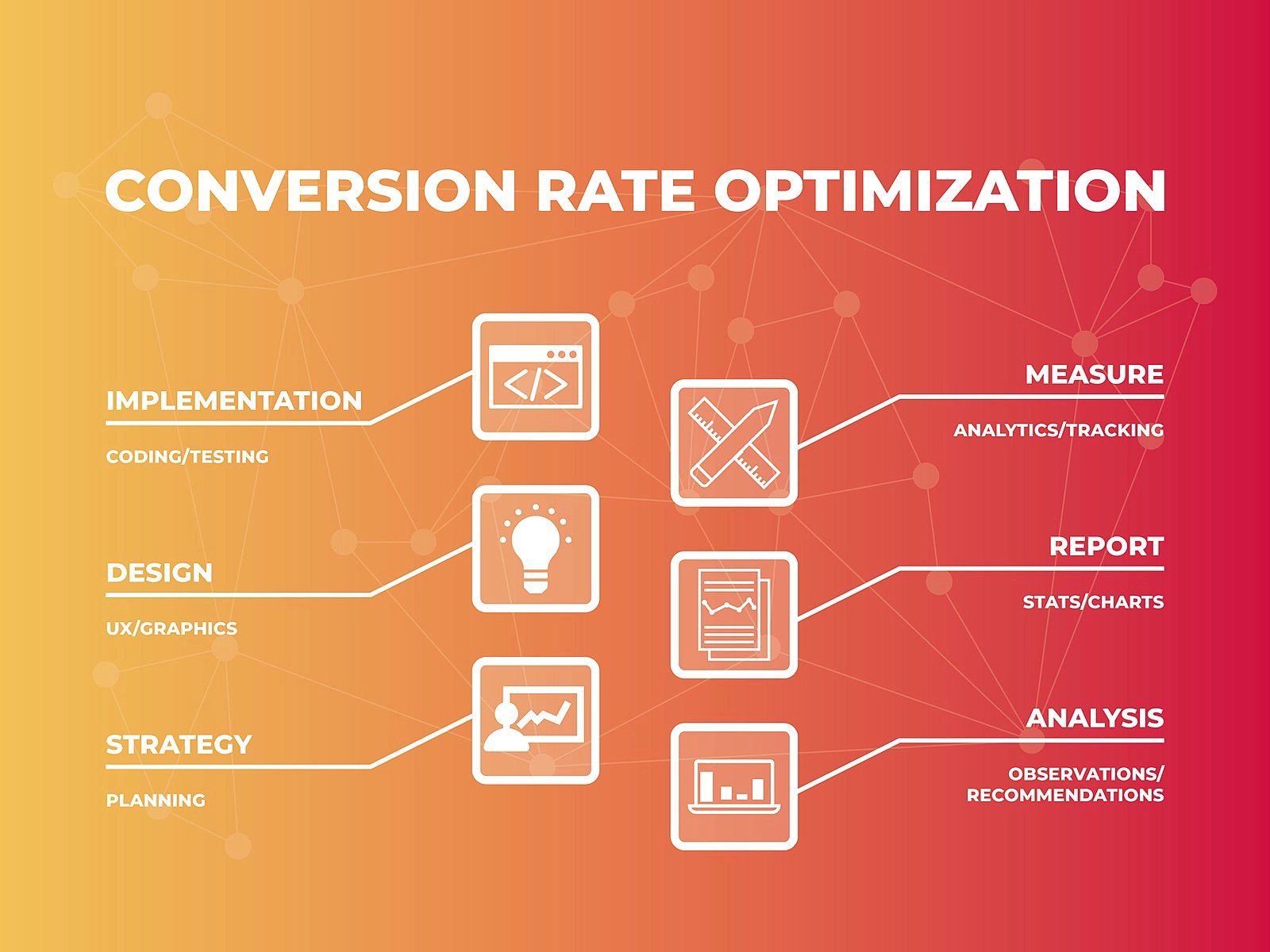
With the advent of artificial intelligence (AI), CRO has evolved into a more efficient and effective process. AI-powered tools can analyze customer feedback, website analytics, and user behavior to identify areas of improvement. Given this, it’s not surprising that – as informed by Salesforce – 84% of marketers are using or planning to use AI in their marketing efforts, demonstrating the growing importance of conversion AI optimization (M. O’Connell, State of Marketing, 6th edition, 2020).
What Constitutes a “Conversion” in Digital Marketing?
Before we dig deeply into CRO, let’s explain briefly what a conversion actually is. In the context of digital marketing, a “conversion” is defined as a visitor taking a desired action, such as making a purchase, subscribing to a newsletter, or submitting a contact form.
The conversion rate is a key metric used to measure the effectiveness of marketing efforts and can be calculated by dividing the number of sales (or filled forms, clicks, subscriptions, etc.) by the number of visitors to your site and multiplying the result by 100.
CR = Number of desired actions / Number of visitors
CR notion is commonly used in digital marketing, especially when analyzing website or landing page performance. Various elements contribute to website conversions, including:
- UI/UX Design,
- Value Proposition,
- Call to Action,
- Website Performance,
- Copy,
- Trust and Credibility,
- Customer Service,
- Targeted Traffic.
How to Use AI for Conversion Rate Optimization?
Understanding visitors’ motivation to visit your website is the first step in leveraging conversion AI optimization. By analyzing user behavior and preferences, AI tools can help businesses create a more engaging and personalized user experience, ultimately leading to higher conversion rates.
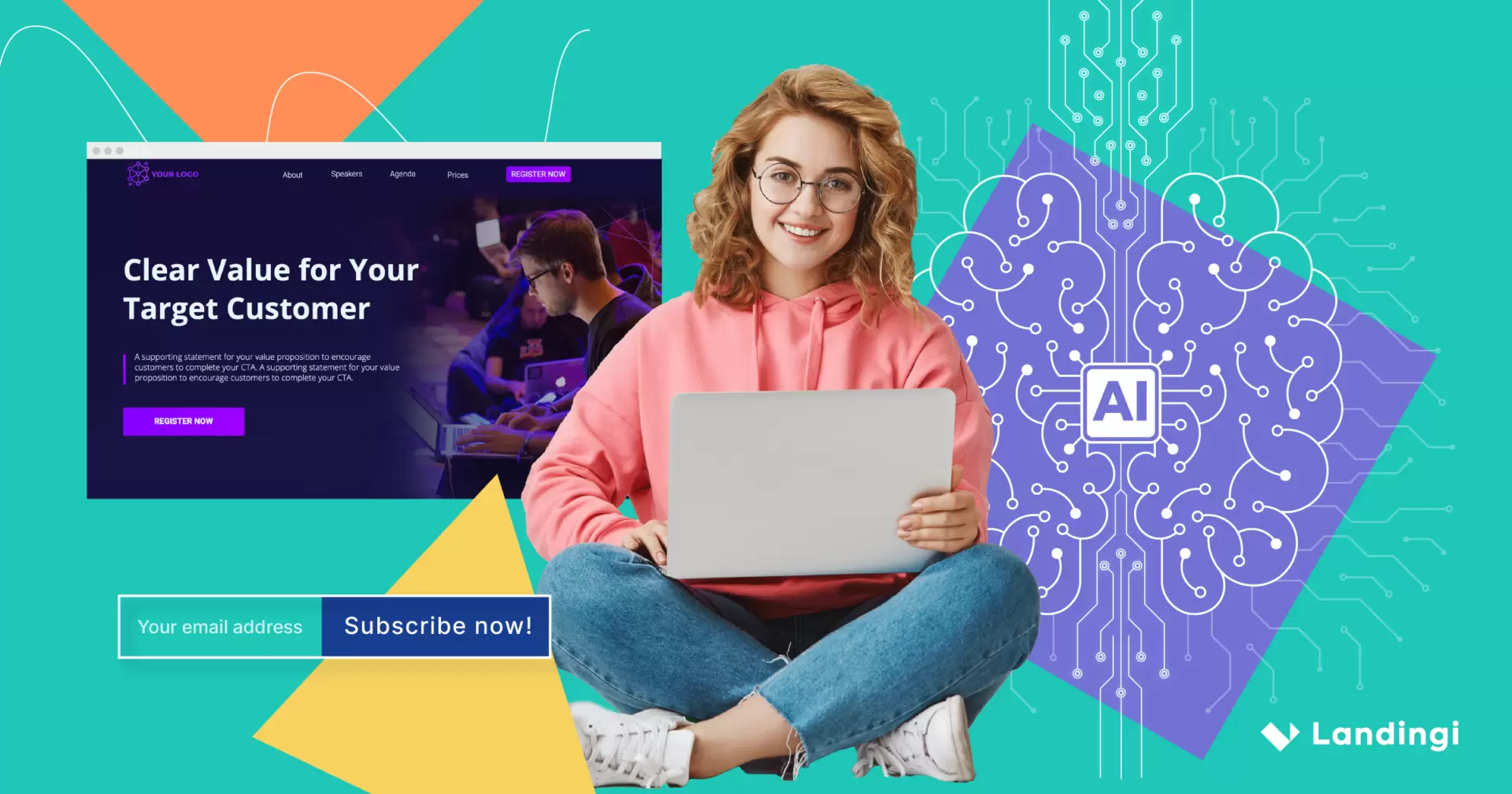
Some AI tools available for CRO include heatmaps, predictive analytics, AI copywriting tools, and AI-powered A/B testing tools. These tools can be employed to analyze user behavior, personalize content based on customer interests, and automate testing to optimize conversion rates.
Commonly used AI website and landing page optimization techniques are presented below.
How Does AI Conversion Optimization Work?
AI conversion rate optimization uses machine learning algorithms for data analysis, user behavior anticipation, and website element optimization, thereby enhancing conversion rates. By automating data analysis, personalization, and testing, AI-powered CRO eliminates the need for guesswork, allowing marketers to make informed decisions with greater certainty and accuracy, using business intelligence provided by AI algorithms. Predictive modeling, a key component of AI CRO, serves the purpose of analyzing data and predicting user behavior.
As a result, AI-powered CRO strategies can lead to significant improvements in conversion rates and overall website performance.
Is AI Conversion Rate Optimization Essential for Every Online Business?
Indeed, all online businesses, irrespective of size and industry, can maximize revenue and enhance user experience through CRO.
Increased competition in the online space can lead to higher costs per click and often higher costs per conversion in online advertising. By converting paid traffic into customers, businesses can maximize their return on investment (ROI) and make their ad spend more efficient. All of these goals can be achieved more easily with AI-based CRO strategies and practices.
Using AI gives you a variety of new tools and expands your power in so many business realms that it would be a sin not to take advantage of it.
Can CRO Techniques also Benefit Offline Businesses?
CRO techniques are equally applicable to offline businesses to enhance their digital marketing efforts and online presence. By applying CRO strategies to their websites and online marketing campaigns, offline businesses can potentially boost revenue, improve customer retention, and gain valuable data-driven insights that can inform their overall business strategy. This can result in increased profitability and a more competitive edge in the market.
Additionally, the lion share of techniques applied in CRO online can be adapted to the real world and yield positive outcomes within it. Here are the ones best suited for this:
- In-Store Experience Optimization: Just as websites can be optimized for better user experience, physical stores can enhance their layout, signage, and customer service to improve the shopping experience, making it more likely for visitors to make purchases.
- Coupon and Promotion Testing: Offline businesses can use A/B testing with coupons or promotional materials to see what offers and discounts resonate most with customers and drive better conversion in-store.
- Customer Feedback Analysis: Collecting and analyzing customer feedback, whether from in-store surveys or social media reviews, can help businesses understand customer preferences and areas that need improvement.
- Employee Training: Better-trained staff can lead to improved conversion rates in offline businesses. Ensuring that employees have good product knowledge, customer service skills, and upselling techniques can make a significant difference.
- Loyalty Programs: Implementing and optimizing loyalty programs can encourage repeat business, improving customer lifetime value and overall conversion rates.
- Visual Merchandising: The strategic placement and presentation of products in-store can significantly impact purchase decisions, similar to optimizing product placements on a website.
- Checkout Process Improvement: A streamlined and efficient checkout process can reduce abandoned shopping carts, whether in the physical or online realm.
- Data Analysis: By collecting and analyzing in-store data, such as foot traffic, customer demographics, and sales trends, offline businesses can gain insights to make informed decisions and optimizations.
So, while the specific techniques may differ from online businesses, the principles of CRO can be applied effectively to improve conversion rates for offline businesses.
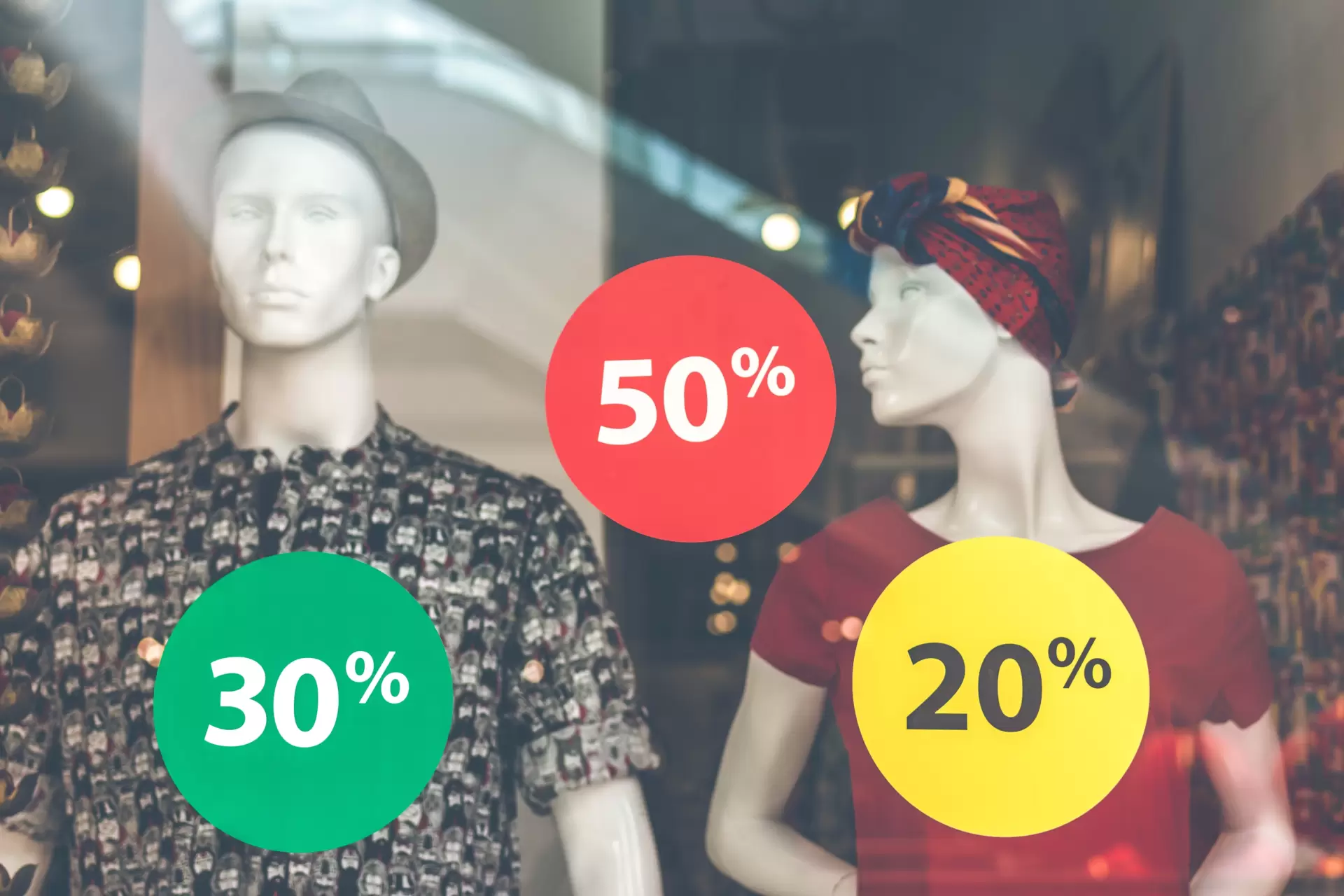
6 AI CRO Examples
AI-powered CRO has been successfully implemented across various industries, showcasing its versatility and effectiveness in improving conversion rates. In this section, we will explore five different examples of AI CRO in action, demonstrating how businesses from various sectors have harnessed the power of AI to optimize their online presence and drive conversions.
Example #1: AI CRO for E-Commerce
When comes to examples, every CRO guide should start with one from the e-commerce, where optimization techniques are part and parcel.
Online sellers and shops leverage AI CRO through personalized product recommendations, AI-powered search, and chatbots, thereby enhancing customer experience and sales. AI algorithms can lead to higher conversion rates and more engaging shopping experiences by analyzing customer data and behavior to provide tailored product suggestions.
Amazon sellers more and more frequently use Chat GPT and similar AI-based tools to generate product descriptions. One of them is Chad Rubin, who reported an outstanding increase in conversion rate across multiple product categories, such as vacuum filters, coffee filters, and air filters, after leveraging ChatGPT’s support. The conversion rate for one particular product rose from 26% to an impressive 46% in eight weeks (A. Palmer, TECH Amazon sellers are using ChatGPT to help write product listings in sprawling marketplace, 2023)!
Pro-Tip: To evaluate the generated product description or website copy use A/B tests, which are the best CRO checker in most cases. A/B tests allow you to compare multiple versions to determine which one performs best.
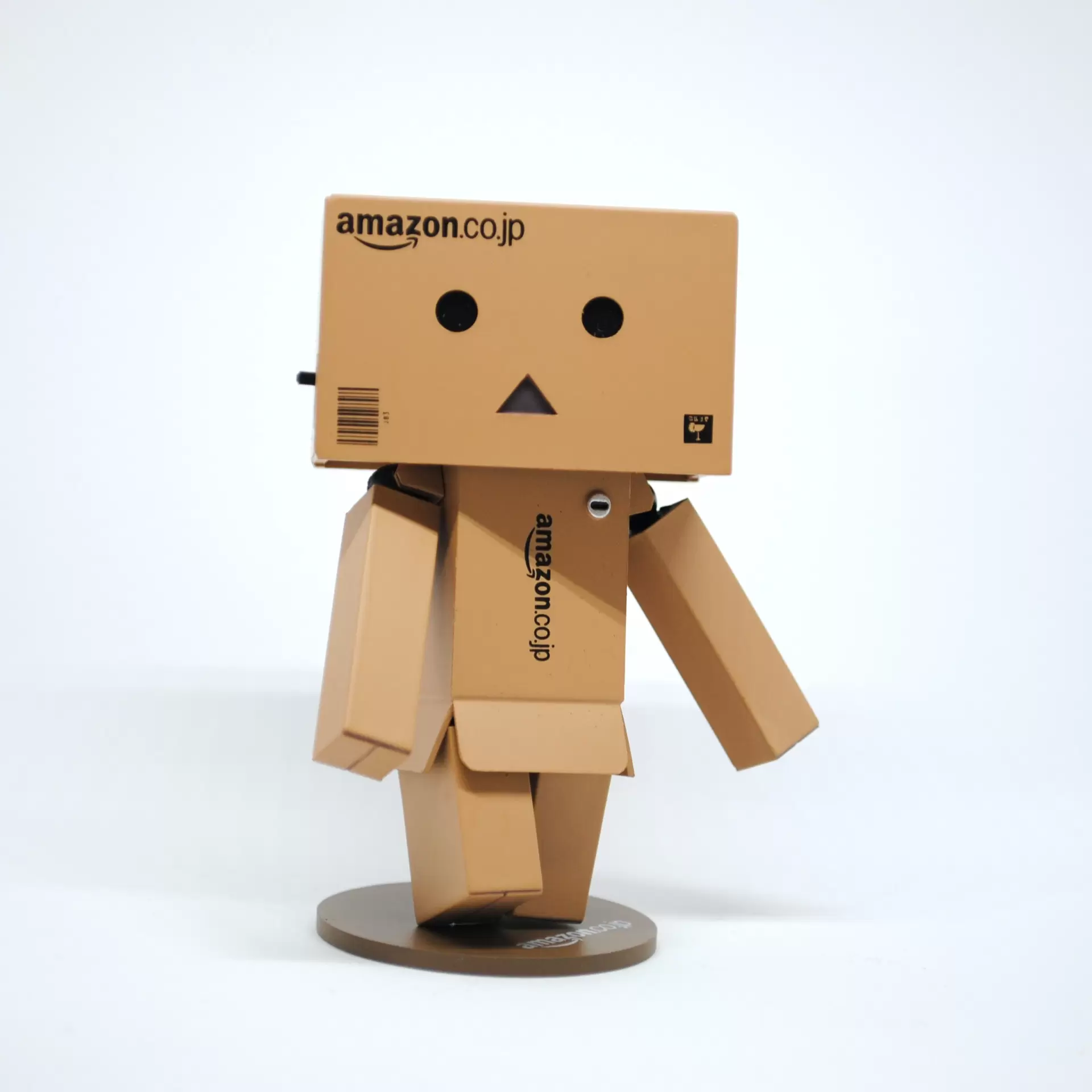
Example #2: AI CRO in Marketing
Instead of digital agencies that benefit from using AI-based CRO continuously, it’s worth mentioning the case of the American Marketing Association. It’s the most respectful and trendsetting marketing organization in the world.
AMA personalizes with AI their newsletter with a target audience of over 100,000 subscribers across various sectors such as e-commerce, finance, healthcare, real estate, law, etc. They bet on a famous tool for the automation of newsletter marketing, which allows also generating content with the use of natural language processing and machine learning. It resulted in saving lots of time and a notable surge of new readers (A. Sams, 4 Incredible AI Case Studies in Content Marketing, 2022).
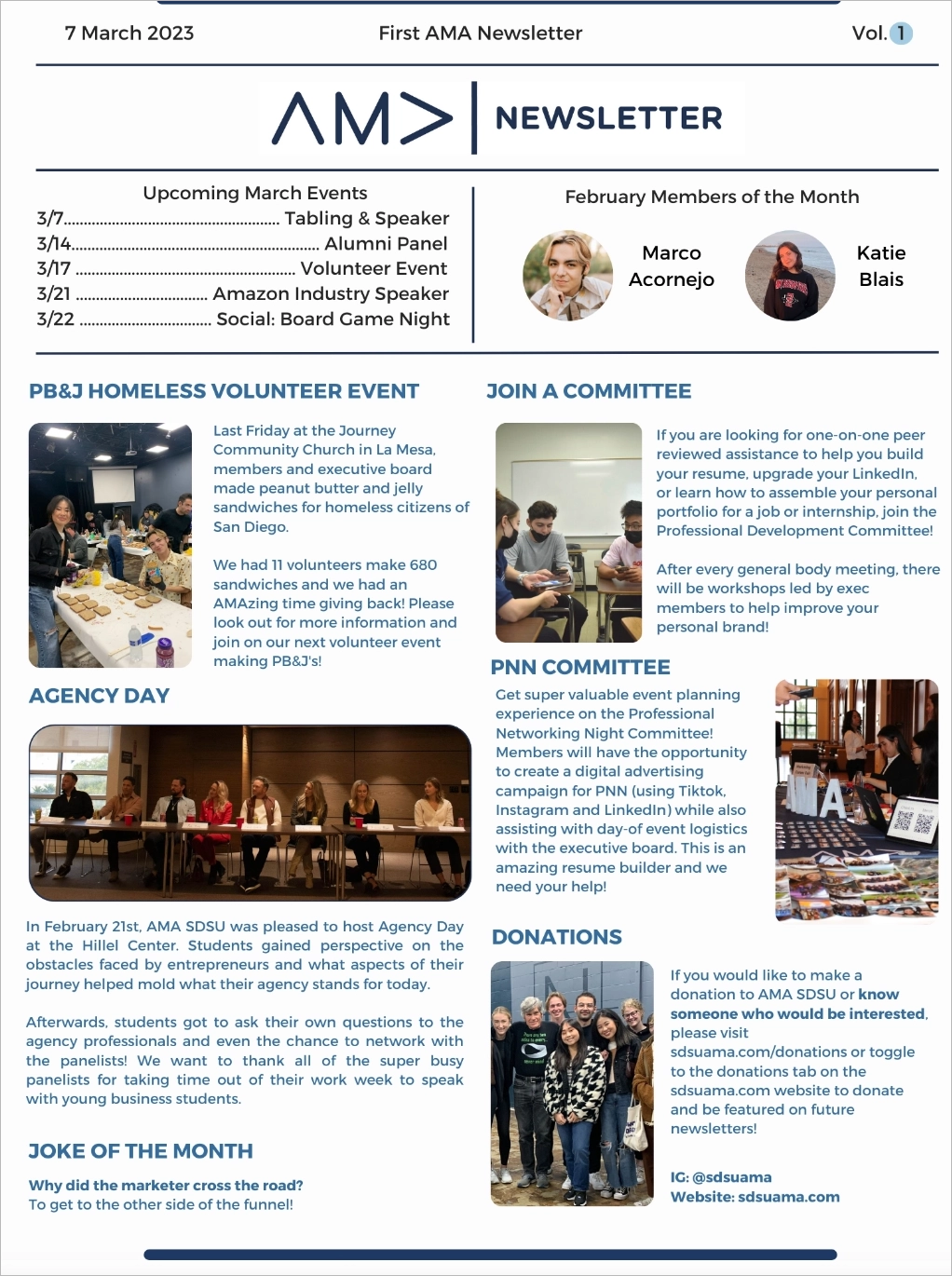
Of course, the most obvious examples are digital marketing agencies, for which utilizing all of the AI conversion optimization techniques described in this article is a daily routine.
Example #3: AI CRO for Healthcare Websites
In healthcare websites, AI CRO can enhance appointment bookings, patient engagement, and overall user experience. Chatbots have been utilized to interact with website visitors, providing information and responding to queries to drive conversions. AI can also be employed to analyze patient data, such as genetics and medical history, to generate customized treatment plans, thereby enhancing the patient experience and boosting conversion rates.
For example, the company PatientGain specialized in patient acquisition for the medical sector, increased conversion rates for one of the USA mid-west addiction treatment institutions over three times in less than a year (PatientGain, What is the average conversion rate for medical websites in USA and Canada?, 2023)! They combine classical marketing strategies and techniques (advertisement, referrals, word of mouth) with ones like chatbots, automated SEO, etc. (AI CRO).
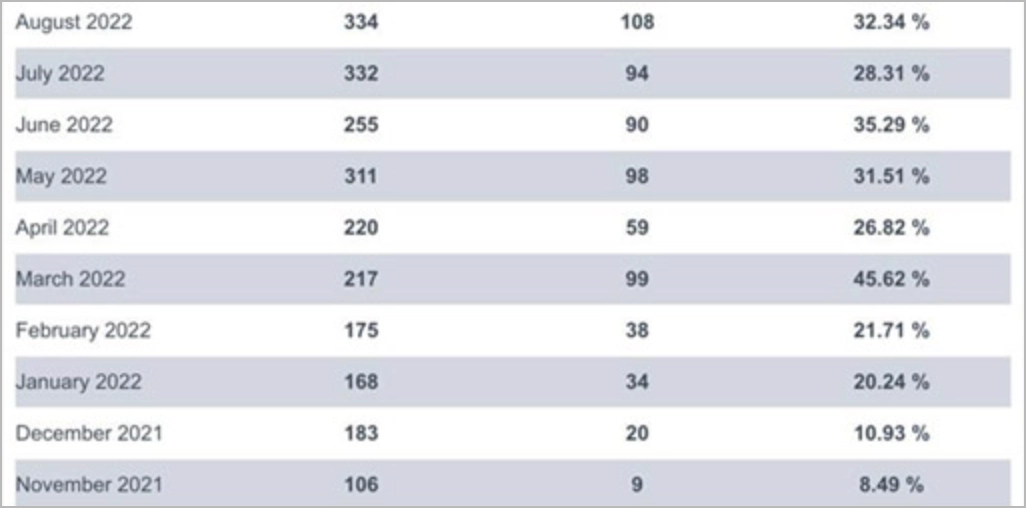
Furthermore, AI can assess user behavior and engagement to glean insights for AI conversion rate optimization strategies, uncovering hidden patterns and preferences through natural language processing.
Example #4: AI CRO for Real Estate Portals
Deloitte reports that using AI technologies like chatbots increases employees’ productivity in real estate by 20% (A. Shetty, Real estate chatbot – Benefits & use cases, 2023). Exploiting bots makes they may devote their time to high-impact endeavors, like strategic marketing and pinpointing the ideal property matches for their clients.
Chatbots help to decrease customer support costs by up to 30% of the time. Moreover, for 40% of consumers, it makes no difference whether they’re chatting with a bot or a live person (A. Shukairy, Chatbots In Customer Service – Statistics and Trends [Infographic], 2023).
In real estate, AI chatbots resolve some of the most common problems like the following ones:
- 24/7 Customer Service: AI chatbots enable continuous customer service. Real estate agencies can respond to customer inquiries around the clock, enhancing accessibility and improving the quality of service.
- Multilingual Support: AI-powered chatbots offer multilingual support, serving clients from various countries and cultures. This is highly valuable in the global real estate landscape.
- Workflow Automation: Chatbots can automate various routine tasks, such as processing documents, scheduling appointments, and sending reports. This allows real estate agents to focus on more strategic tasks.
- Data Collection: Chatbots can gather client data regarding preferences, budget, and expectations. This information is invaluable for agents, helping them tailor offerings to individual client needs.
- Lead Generation: Chatbots use AI algorithms to identify potential clients and generate leads. Through online interactions with clients, chatbots collect information about their purchasing intentions, which translates into effective lead generation.
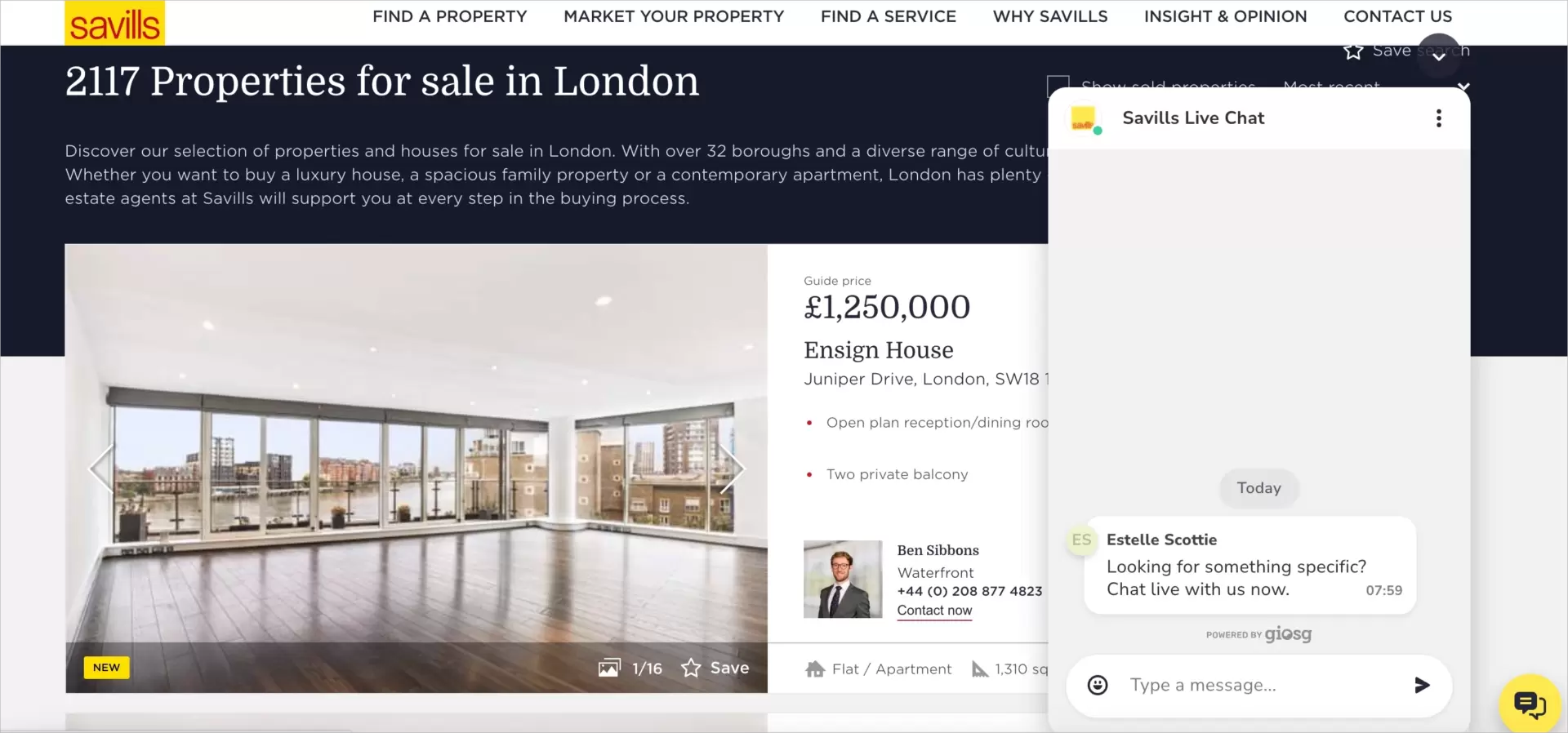
For real estate portals, AI CRO can be also used to optimize property listings, offer personalized recommendations, and streamline the user journey. By leveraging AI tools and technologies to monitor trends, evaluate user behavior, and deliver tailored content to users, real estate portals can provide a more engaging and personalized experience, leading to higher conversion rates.
AI can also be employed for lead generation through conversational AI chatbots, revolutionizing property research, marketing, and management with the use of AI marketing tools and using AI for various tasks.
Example #5: AI CRO for Travel Booking Sites
Travel booking sites can use AI CRO to:
- Personalize offers
- Optimize search results
- Enhance user experience
- Increase bookings
By analyzing social media and other digital platforms, AI can monitor how customers perceive their digital experiences, allowing travel businesses to swiftly adjust to changing sentiments and align marketing tactics to boost conversion.
Sunshine.co.uk, a holiday website offering affordable flight and hotel bookings, leveraged Conversion Rate Optimization (CRO) strategies to drive a remarkable boost in their earnings.
At the very beginning, the company collected a large amount of data from user testing to get to know how to enhance their site’s UX and nail the copy. They gathered real users’ opinions, which is pretty easy and smooth with the aim of AI-powered survey tools or chatbots.
The next step was to A/B test the live site to identify the best solutions and potential obstacles preventing visitors from making a purchase. This way, they surprisingly found that prices listed on the page were too low, which could suggest that the offer is not of amazing quality. With this invaluable insight, they supplemented the offer with a guarantee of money-back if it won’t meet customers’ expectations. It turned out to be a game-changer, which brought to a company budget of £14 million (R. Haran, 13 Conversion Rate Optimization Case Studies, 2023).
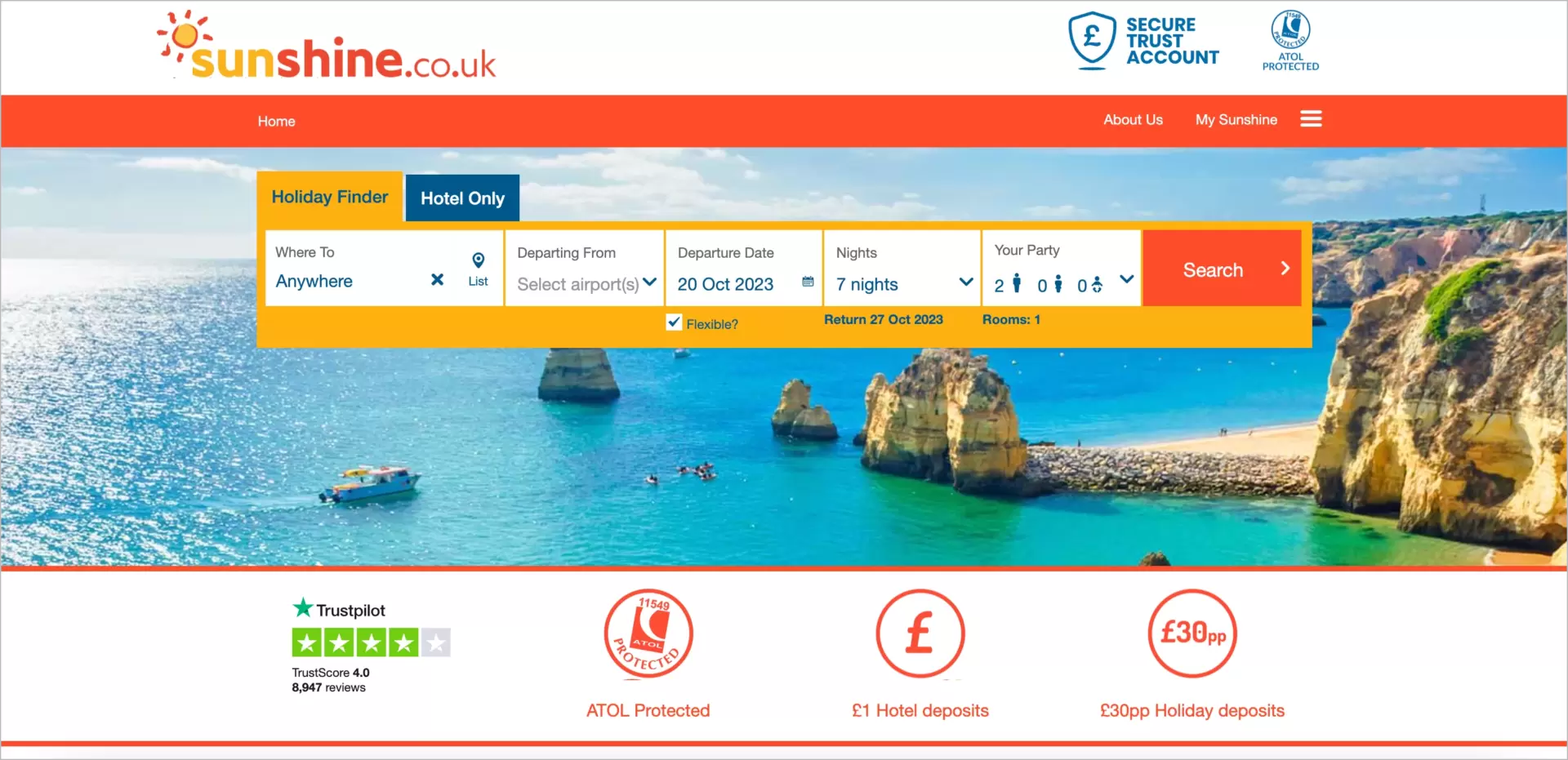
Example #6: AI CRO for Financial Services
In the financial services sector, AI conversion rate optimization can enhance lead generation, offer personalization, and boost customer engagement. By leveraging automated lead generation, data analysis, lead scoring, and lead nurturing, AI can help financial services businesses optimize their conversion rates and enhance customer satisfaction.
Additionally, AI can be employed to automate repetitive tasks associated with CRO, such as data collection and organization, thus facilitating more efficient optimization efforts.
Indicating one specific example doesn’t make sense, as probably all banks, investment and financial institutions broadly exploit conversion AI optimization practices.
What are the Main Techniques Used in CRO?
Key techniques in CRO encompass:
- A/B testing
Info: Almost 70% of marketers believe that A/B testing enhances CR, while 49% of increases in CR are rooted in the previous A/B tests (ZipDo, Essential A/B Testing Statistics In 2023).
- User behavior analysis
- Personalization
Info: About 33% of digital marketing professionals in the US and UK invest more than 50% of their marketing budget into personalization strategies (Statista, Personalization data usage marketers worldwide, 2019).
- Website design optimization
- Content optimization
- Conversion funnel analysis
- Replacing or redesigning CTAs
Info: A 42% uplift in lead conversion is achieved with personalized CTAs versus broad, untargeted ones (Mindstamp, The Importance of Adding a CTA to Videos, 2022).
- Chatbots and live chat
- E-mail marketing optimization.
Conversion Rate Optimization (CRO) employs various techniques for boosting website performance and driving more conversions. There is no universal recipe for which techniques should you bank on – it depends on your business type and specific needs for the moment.
Which Tools are Popularly Used for CRO Analysis?
Popular CRO analysis tools include (among others) Google Analytics, Hotjar, and Optimizely.
Google Analytics provides a variety of features for CRO analysis, e.g., metrics such as conversions by mobile, behavior by event tracking, site speed metrics, funnel performance, and conversions per browser version. Data acquired this way are invaluable in making changes targeted at website performance optimization.
Hotjar offers a range of tools to track user behavior on websites, enabling the analysis of conversion rates in relation to other key user data such as users’ journeys through the website and user feedback.
Optimizely is widely favored for its comprehensive scientific analysis capabilities and ability to improve the customer journey, making it a popular choice for CRO analysis.
How does CRO Differ from Search Engine Optimization (SEO)?
While CRO aims at optimizing user experience for increased conversions, SEO targets website visibility enhancement in search engine results. SEO concentrates on driving organic traffic through improved search engine rankings.
Conversely, CRO strives to optimize conversions and augment the rate of website visitors who take a desired action, such as making a purchase or subscribing to a newsletter. The objective of CRO is to enhance the effectiveness and efficiency of the website in converting visitors into customers.
Which is More Crucial for E-Commerce: CRO or Website Traffic?
Both are highly profitable but at different stages of the marketing funnel. Website traffic is a starting point: without visitors, you have no one to convert. CRO efforts can be undertaken once you have your audience to persuade them more effectively into desired conversions.
To put it more specifically: increasing your website’s visibility and attracting more users can lead to higher brand exposure, a larger audience to target, and, in turn, a greater potential for conversions.
Free tool, which is great as a starting point in SEO optimization, is a Keyword Planner by Google.
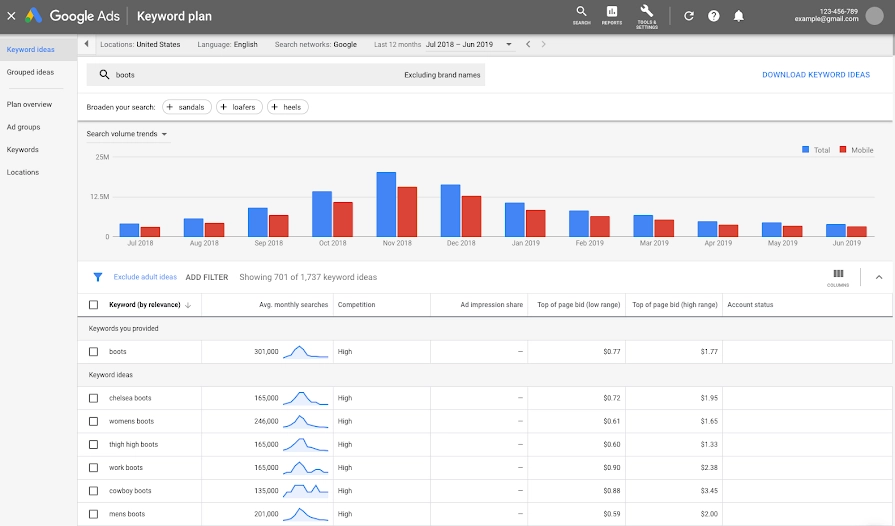
However, it’s vital to remember that not all website traffic is created equal. The sheer quantity of visitors doesn’t guarantee success. If your site is receiving thousands of visitors, but they’re bouncing off without converting, it’s time to reevaluate your strategy.
CRO, on the other hand, focuses on maximizing the value of your existing traffic. It’s about fine-tuning your site to ensure that a higher percentage of visitors take the desired actions – whether that’s making a purchase, signing up for a newsletter, or any other conversion goal. By optimizing your site’s design, content, and user experience, you can extract more value from the traffic you already have.
Effective CRO can significantly impact your bottom line, as even small increases in your conversion rate can lead to substantial revenue growth. It’s about working smarter, not harder. You might not need to attract more traffic; you need to make the most of the traffic you already have.
How does Setting Clear Campaign Objectives Influence CRO Strategies?
Setting clear campaign objectives is the cornerstone of any successful CRO effort. When campaign objectives are vague or undefined, it becomes nearly impossible to implement relevant optimization techniques effectively.
Clear objectives serve as the guiding star for your CRO team. They provide the framework for understanding what you want to achieve and how to get there. This includes defining what constitutes a “conversion” for your business, whether it’s a product purchase, newsletter sign-up, or another measurable action.
Moreover, clear objectives allow you to tailor your CRO strategies to align with your desired outcomes. Whether you aim to boost e-commerce sales, increase lead generation, or improve user engagement, a well-defined objective ensures that every aspect of your CRO campaign is optimized to achieve that specific goal.
Furthermore, clearly defined campaign objectives help you measure the effectiveness of your CRO efforts. You can evaluate the success of your strategies against these objectives, making it easier to identify what works and what doesn’t.
Can CRO Techniques Help in Achieving Specific Campaign Objectives Faster?
Absolutely, CRO techniques can help achieve specific campaign objectives faster by optimizing user experience and increasing conversion rates. By employing CRO techniques, businesses can maximize conversion rates and achieve their campaign objectives more quickly.
Get 111 Landing Page Examples—The Ultimate Guide for FREE
How Should Campaign Objectives be Adjusted Based on CRO Insights?
Website Conversion Optimization (including AI optimization) insights serve as a compass guiding your campaign towards success. As you accumulate data and observe user behavior through CRO, you might find it necessary to adjust your campaign objectives. Here’s how you should approach this:
- Reassessing Conversion Metrics: CRO allows you to dig deep into conversion metrics, revealing which specific actions lead to successful outcomes. With these insights, you can redefine your campaign objectives to focus on what matters most.
- Refining User Personas: Your CRO efforts uncover critical details about your audience’s preferences, behavior, and pain points. This newfound understanding can lead to adjustments in your campaign objectives by targeting specific segments more effectively.
- Optimizing Landing Pages: If CRO reveals that certain landing pages perform exceptionally well in driving conversions, consider making them central to your campaign objectives. Placing more emphasis on these high-converting pages can speed up your path to success.
- User Experience Enhancement: CRO often highlights areas where user experience can be improved. If your campaign objectives initially didn’t prioritize this aspect, it might be wise to introduce these enhancements into your goals for better results.
- Continuous Experimentation: Based on CRO insights, consider incorporating a continuous experimentation objective into your campaigns. This means that you’re actively looking for ways to enhance your site and campaigns to optimize conversions continually.
- Responsive Adjustments: CRO offers the benefit of real-time data. With this information at your disposal, you can swiftly adjust your campaign objectives to reflect any changes in user behavior or trends.
Incorporating these elements into your campaign objectives, all rooted in the insights provided by CRO, ensures that your marketing efforts remain agile and responsive to your audience’s ever-changing needs and behaviors. With CRO-driven adjustments, your campaign objectives evolve alongside your users, optimizing your chances of success.
In What Ways do CRO Results Provide Feedback on Campaign Objective Effectiveness?
Website conversion rate optimization isn’t just about tweaking your pages; it’s a feedback mechanism for your entire campaign. By tracking conversions and user behavior, CRO informs you about the effectiveness of your campaign objectives. A decrease in bounce rates and increased click-through rates tell you your objectives are resonating, while stagnant or declining conversion rates might suggest a need for a shift in goals. This iterative process ensures that your campaign objectives remain aligned with user expectations and provide the best possible results.
How has the Evolution of AI Impacted Modern CRO Techniques?
The evolution of AI has made CRO techniques more efficient and effective by automating data analysis, personalization, and testing. AI-powered CRO eliminates the need for guesswork, allowing marketers to make informed decisions with greater certainty and accuracy, using business intelligence provided by AI algorithms.
As a result, AI-powered CRO strategies can lead to significant improvements in conversion rates and overall website performance.
What Role does Website Design Play in Effective CRO?
Effective CRO heavily relies on website design, which influences user experience, navigation, and conversion rates. When considering Conversion Rate Optimization, persuasive and effective CTAs, clean and intuitive navigation design, fast website speed, attractive and visually appealing design, and well-organized layout and functional elements are essential elements of website design.
How can Cmall Businesses Implement CRO Without a Significant Budget?
By focusing on essential techniques, utilizing free or low-cost tools, and prioritizing high-impact changes, small businesses can implement CRO within their budget. Here are some strategies to consider:
- Optimize speed and performance
- Create effective CTAs (Call to Actions)
- Incorporate social proof
- Facilitate a straightforward checkout process
- Experiment with website design and layout
By implementing these strategies, small businesses can maximize conversion rates and achieve their objectives more quickly.
Additionally, small businesses can utilize free or affordable tools or benefit from free trials when choosing an SEO app or more complex CRO platform. Some apps to be considered are as follows:
- MobileMonkey
- Hotjar
- TypeForm
- SurveySparrow
- CrazyEgg
- Landingi
- WebWave
- GTMetrix
Are there Industry-Specific CRO Strategies, and how do they Differ?
Industry-specific CRO strategies consider unique customer behaviors, preferences, and goals within each industry, leading to more effective optimization efforts.
For instance, CRO strategies in the finance industry focus on optimizing form fields, managing cash flow, and increasing audience reach and engagement.
By understanding and adapting to the unique needs and preferences of customers within a specific industry, businesses can create more pertinent and engaging experiences, ultimately leading to higher conversion rates.
How do Global Cultural Differences Impact CRO Strategies for International Businesses?
Global cultural differences impact CRO strategies in the following ways:
- Businesses need to consider local preferences, language, and cultural nuances when optimizing their online presence.
- By understanding and adapting to local preferences, businesses can create more pertinent and captivating experiences for users.
- This can potentially boost sales and conversion rates.
Factors such as language preferences, design elements, color choices, and content localization are essential for optimizing conversion rates in different cultural contexts.
What Ethical Considerations Should Businesses Keep in Mind While Implementing CRO Techniques?
Website conversion optimization is a powerful tool, but it should be wielded with care.
One critical aspect is transparency. Be clear with users about data collection and how it will be used to optimize their experience. Respecting privacy and ensuring compliance with data protection regulations is paramount.
Moreover, avoid manipulative tactics that push users to convert against their will. Instead, aim to enhance the user experience genuinely and transparently.
Remember, the goal of CRO is not merely to increase conversions but to create lasting customer relationships built on trust and satisfaction.
How Often Should Businesses Review and Update Their CRO Strategies?
The frequency for reviewing CRO strategies may differ depending on the scope of the project and website. Generally, it is advised to review and update CRO strategies either monthly or quarterly. Monitoring CRO metrics and analyzing data regularly can assist in recognizing patterns and areas for enhancement.
By staying abreast of market changes, businesses can identify new opportunities, tackle emerging challenges, and optimize their conversion rates successfully.
Can CRO Techniques be Applied to Mobile Apps Similarly as they are to Websites?
Similar to websites, mobile apps can make use of CRO techniques to increase conversions. Here are some CRO techniques that can be employed:
- Optimizing speed and performance.
- Facilitating a straightforward checkout process.
- Experimenting with app design and layout.
- Ensuring an appropriate responsiveness.
- Crafting layout version (for whole site or only individual elements) dedicated for mobile devices.
How do CRO and Customer Feedback Loops Intersect?
Conversion rate optimization (CRO) and customer feedback loops are two powerful tools that can significantly impact a business’s success. When used together, they form a dynamic synergy. CRO provides data-driven insights into user behavior and preferences. By analyzing this data, businesses can create a more personalized and effective user experience.
Customer feedback loops, on the other hand, offer qualitative insights. They provide direct input from customers, allowing businesses to understand their needs, pain points, and expectations. When CRO and customer feedback loops intersect, businesses can fine-tune their websites and campaigns with a deep understanding of user behavior and real-world customer experiences.
The key lies in aligning both quantitative and qualitative data. Combining the what (CRO data) with the why (customer feedback) allows businesses to make well-informed decisions. This synergy can lead to improved website performance, higher conversion rates, and increased customer satisfaction. In essence, CRO and customer feedback loops work hand in hand to create a user-centric digital ecosystem.
How to Optimize Conversion Rate on Landing Pages?
Enhancing design, navigation, and content on landing pages helps to encourage visitors to take desired actions, thereby optimizing conversion rates. By utilizing on-page survey tools for collecting customer feedback in real-time, businesses can gain insights into their thoughts and make informed decisions to optimize their landing pages and boost conversion rates.
Additionally, A/B testing can be employed to identify which website changes result in the highest conversion rate and create a “champion” variant that serves as the new baseline against which future “challengers” will be measured.
Find out how you can perform optimization in five easy steps and maximize your chances for conversions. You can utilize them without a hitch with Landingi platform or in case of pages created in other editors.
How to Optimize Conversion Rate on Landing Pages with AI?
By analyzing user behavior, personalizing content, and automating testing, AI can optimize conversion rates on landing pages more effectively. By utilizing AI tools, e.g. CrazyEgg, Hotjar, Qualaroo, or other conversion optimizer tool, businesses can gain valuable insights and data-driven suggestions to optimize their landing pages and boost conversion rates.
To optimize landing pages with AI you can focus on the following domains:
- Personalized Content: Utilize AI algorithms to dynamically tailor the content on your landing pages to match the individual preferences, needs, and behaviors of your visitors.
- Predictive Analytics: Implement predictive analytics to forecast visitor behavior and adjust your landing page elements, such as call-to-action buttons and headlines, to resonate better with potential customers.
- A/B Testing: Use AI to run continuous A/B tests to determine which page variations perform best in real-time, enabling data-driven decisions for better conversion rates.
- Chatbots and Virtual Assistants: Integrate AI-powered chatbots or virtual assistants on your landing pages to provide real-time customer support and guidance, enhancing user experience and trust.
- Behavior Analysis: Apply AI to analyze user behavior, such as mouse movements and click patterns, to identify areas for improvement and optimization.
- Heatmaps and Session Recordings: Utilize AI-driven tools to generate heatmaps and session recordings, offering insights into how visitors interact with your landing page and where they drop off.
- Lead Scoring: AI-driven lead scoring helps prioritize and nurture potential leads, ensuring your sales efforts are directed at high-quality prospects.
- Dynamic Landing Pages: Use AI to create dynamic landing pages that adapt content, images, and offers based on a visitor’s attributes, increasing relevance and engagement.
- Semantic Analysis: Implement semantic analysis to understand and respond to user inquiries more effectively, increasing user engagement and conversions.
- Predictive Content Delivery: AI can predict the best time to deliver content to a user, ensuring that your landing page is seen when users are most receptive.
- AI-powered Search: It can deliver more precise and relevant search results, further improving the user experience and ultimately driving more conversions.
Hotjar developed an AI survey generator, which is able to create surveys automatically for collecting users’ feedback based on a predefined goal. This way you may gather some valuable insight into how your users experience your landing page, and what are the key advantages and hurdles to face. You may use collected data to make your pages meet your audience’s expectations.
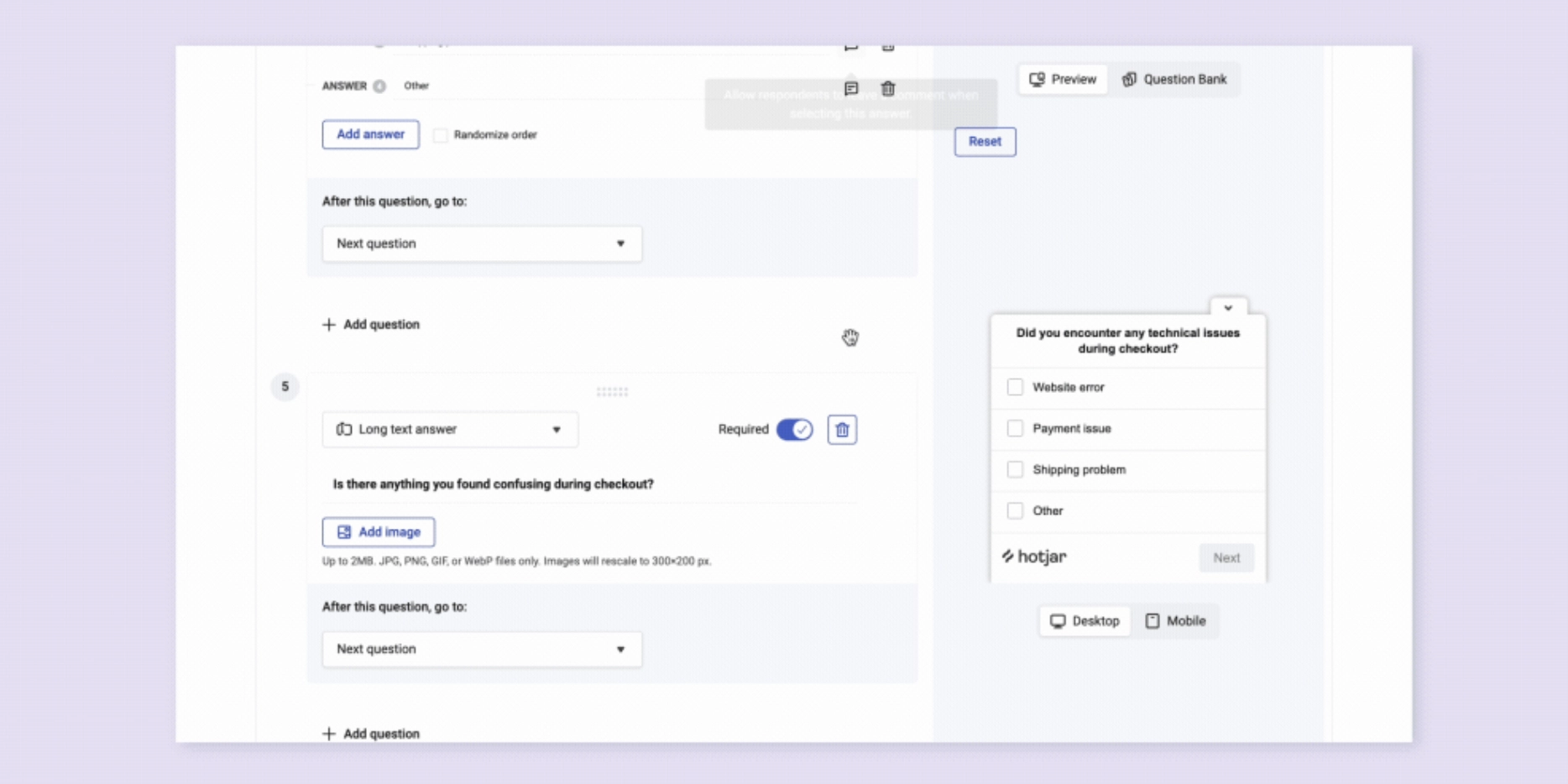
How to use Landingi for CRO?
Landingi is a robust platform that aids in designing landing pages, where conversion-based optimization can be performed in an effective manner even by not very experienced users. It provides a variety of features such as A/B testing, lead generation tools, and over 300 fully customizable templates, making it a powerful tool for CRO.
How to Generate High-Converting Copy for Landing Pages with AI Assistant?
Landingi has on the board ChatGPT-based text generator, which is able to deliver almost full copy for your pages. All you need to do is type some basic information regarding your company DNA, target group, tone of voice, etc. The more specified information you provide, the more fitted content you will get. Spend a few quick moments to save countless hours!
Wondering what about SEO? Find out how to smoothly generate SEO for your pages with Landingi.
How to Use Microconversion Analysis to Convert More with Landingi?
Microconversions encompass a wide range of user interactions that signal progression toward a primary conversion, such as making a purchase or signing up for a service. These smaller actions, including page views, time on page, form fills, newsletter sign-ups, document downloads, scroll percentage, are critical indicators of user engagement. They provide valuable insights into user behavior and can be used to optimize digital marketing strategies.
Usage Example #1: You observed that most of your users scroll down your landing page to a certain point and don’t go further. It indicates that some elements (copy, images, CTAs, etc.) placed there require improvements or replacement.
Usage Example #2: Forms on some of your pages are filled in more often than others located on different pages. It may be valuable information to redesign less-converting forms to make it more effective in driving leads.
As you perhaps know, Google Analytics is a great tool for conversion optimization. It, however, has a disadvantage, which makes its usage limited to digital marketing pros: it requires much technical knowledge to properly configure it, as well as much expertise to make use of provided data. Additionally, the way data are presented in GA4 dashboards is far from user-friendly.
All of these obstacles are no longer in force when it comes to landing pages! EventTracker elaborated and developed by Landingi is a serious alternative for Google Analytics in this field. What is most amazing, it doesn’t require any configuration or technical background. It’s usable and profitable – no matter how your level of expertise actually is.
Dynamic Content
Dynamic content adjusts itself based on user behavior, preferences, and interests. This technology works alongside static content and is commonly driven by applications and scripts.
A classic illustration is the HTML content found on landing pages or in emails, which transforms to present information that’s pertinent to the viewer, depending on their location or past website interactions.
How does it work in practice? When users search for your product, they enter various keywords into their web browsers. Your objective is, for example, to provide distinct headers that cater to the search criteria of each user group. It’s important that these headers appear on the same landing page with an unaltered URL address. The aim is to avoid the creation of numerous pages, each differing only slightly in detail. Instead, you may use dynamic text on the landing page to automatize and speed up the process. Just see the following example:

Barilliance announced their personalization tactic including AI-powered dynamic content brought a 337% increase in conversion rate for the most popular Australian adventure gear store (S. Serrano, Dynamic Content Examples that Increase Conversions, 2023)!
AI Background Removal
This is another remarkable feature that enables you to craft sophisticated and refined designs in minutes. No longer do you need external tools or assign a design team with new tasks.
You can effortlessly upload an image from your device, choose from Unsplash’s vast library, or work with your existing gallery images. The process is hassle-free. Just click on the remove icon, and you’ll have a duplicate image with a transparent background. It’s ready to use (or for further editing)!
Summary
AI-powered Conversion Rate Optimization has the potential to revolutionize digital marketing by unlocking new levels of efficiency and effectiveness in optimizing user experience and boosting conversion rates. By leveraging AI algorithms to analyze data, personalize content, and automate testing, businesses can gain valuable insights into customer behavior and preferences and make data-driven decisions that lead to better outcomes.
As the world becomes increasingly connected and competitive, embracing AI-powered CRO techniques is essential for businesses to stay ahead of the curve and maximize their online potential. By understanding and adapting to the unique needs and preferences of customers within different industries and cultural contexts, businesses can create more engaging and captivating experiences that ultimately lead to higher conversion rates and increased revenue. The future of digital marketing is AI-driven, and the time to embrace it is now.
Frequently Asked Questions
What is AI for Conversion Rate Optimisation?
AI for conversion rate optimization involves the use of machine learning algorithms to process and analyze large amounts of data in order to improve website visitors’ desired actions, such as making purchases or subscribing to services. This technique can help boost key metrics, such as lead capture, decrease bounce rate, and increase basket size.
How do You Optimize Conversion Rate?
To optimize conversion rate, you should focus on writing compelling, clickable PPC ads, maintain relevance between ads and landing pages, testing your landing page design, optimizing the user experience, optimizing messaging, creating buyer personas, testing your CRO strategies, conducting competitor research, adding lead flows to your blog, creating text-based CTAs, using SMART goals, building workflows, adding messages to high-converting web pages, optimizing high-performing blog posts, and using fewer form fields on your forms.
Is Conversion Rate Optimization Worth It?
Optimizing your conversion rate can yield multiple benefits such as increased revenue per visitor, more customers, and business growth.
What is AI Optimization?
AI optimization is a data-driven process that involves applying AI technologies such as machine learning and advanced analytics to automate problem-solving and processes in order to optimize networks and IT operations. It can help businesses achieve their short- and long-term goals more efficiently.
What are the Key Benefits of Using AI for CRO?
AI can greatly enhance user experience, automate data analysis and personalization, and optimize testing for maximum conversion rates. This allows businesses to tap into the full potential of CRO and achieve greater success.

